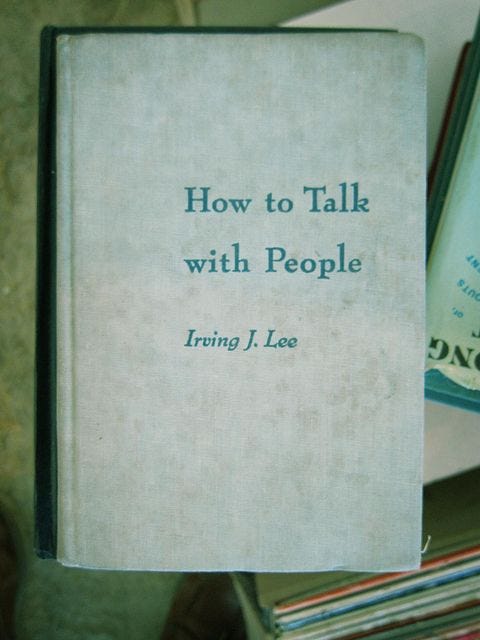SPIRITUAL SOAP: Types of Twitter Madness: Part I
Understanding our misunderstandings.
Before we were The Black Sheep, we were a newsletter named Spiritual Soap. Please enjoy this article from our history!
A dark cloud looms above us, hinting at our impending downfall through innocuous, bright colors and a promise of connection. If there’s one part of our daily life that’s convincingly dystopian, it’s social media—especially Twitter.
Those of us using Twitter today will be remembered like the poor workers in Sinclair’s factories, losing our minds instead of losing our limbs in the early days of innovation.
It’s easy to cast technology as the villain in the story of our society, but a true villain is a mirror of our human failings. Twitter has a talent for magnifying the lesser sides of our humanity, as do cars and alcohol. Every benefit has its cost—the bigger the potential benefit, the biggest the potential cost.
If you share your ideas, offending people is part of the process, especially online.
We are different people, shaped by different experiences, seeking to fulfill different needs—not understanding each other is inevitable.
On Twitter, misunderstanding is a central part of the experience. With no context, a little limited box to express yourself in, low trust among users, and no smile or eye contact to interpret, misunderstandings are a bigger part of your Twitter experience than almost any other part of your life.
When you log into Twitter, expect to misunderstand and be misunderstood. If misunderstanding is a central part of Twitter, then misunderstandings are where this villain is hiding the lessons we need.
When our differences are on the table under the bright light of social media, learning how to navigate a new reality where we constantly misunderstand each other is the way forward.
Twitter is the catalyst for our post-truth world, where an objective reality might exist, but we know each person only has their subjective perception of that reality. How do we cooperate in a society where we all see the world through individual eyes and are free to disagree? We start by understanding our misunderstandings.
I’ve started a list of the common misunderstandings I’ve encountered on Twitter. These misunderstandings aren’t unique to Twitter, but they are prevalent. No one enjoys being misunderstood. We all crave that blissful feeling of not having to explain ourselves, of jokes that land like swans on a lake, of facial expressions exchanged as fluently as a native language.
The sting of misunderstanding is the common element in modern life. You encounter ideas you find unimaginably wrong every day and have your ideas misunderstood more than pre-social media people experienced in months.
If we learn how we misunderstand each other, we can reduce the frustration in our interactions and try to understand our disagreements instead of forcing our agreement.




